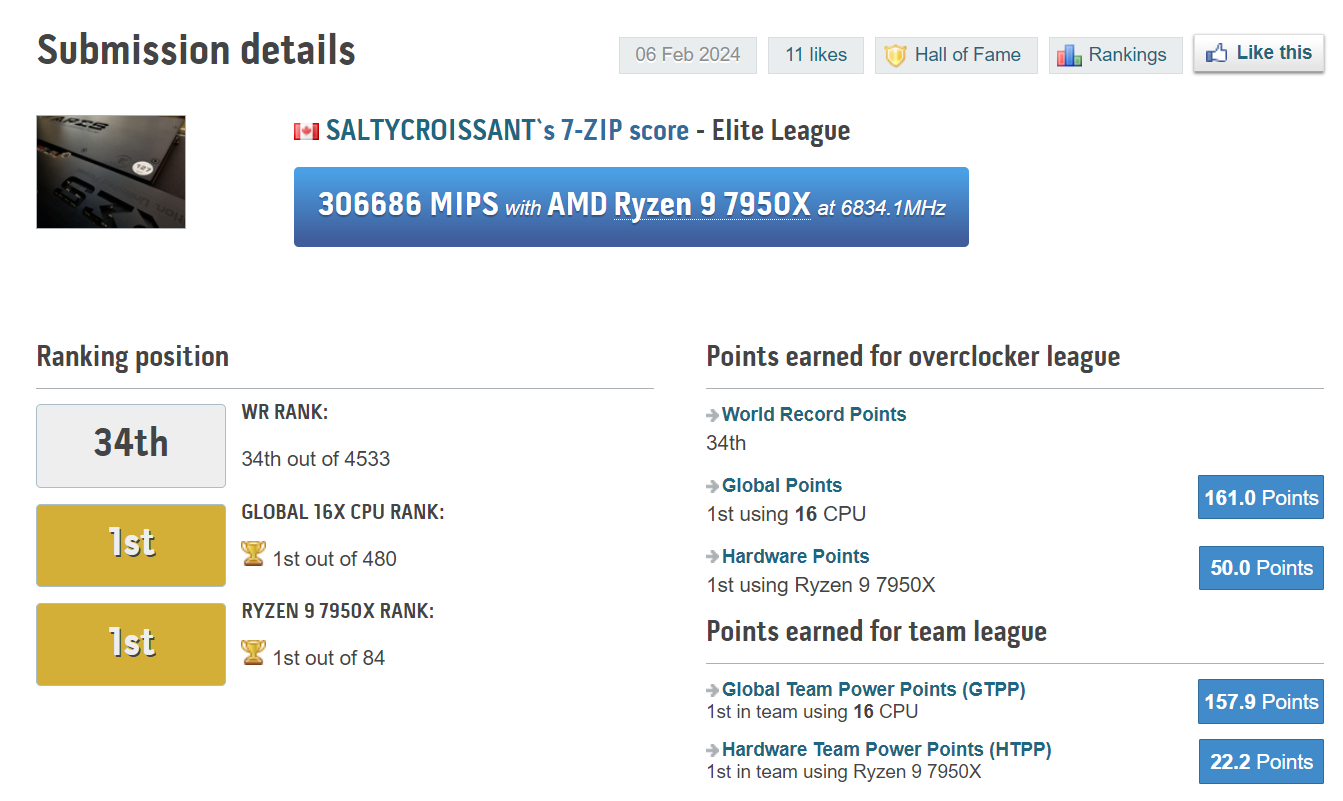I also don’t get why they either make 2 dimm slot budget MATX or 2 dimm slot high end ATX over £450, why can’t they make some 2 dimm slot £200 ATX boards.I dont understand why half the motherboards (this goes for AMD and Intel) needs enough power stages for LN2 extreme overclocking
They're putting power delivery on these boards so you can dump Ln2 on your CPU and eat up 500-800watts, but how many customers do this...
Last edited:


 not sure which one yet. (the coolest one possibly)
not sure which one yet. (the coolest one possibly)

